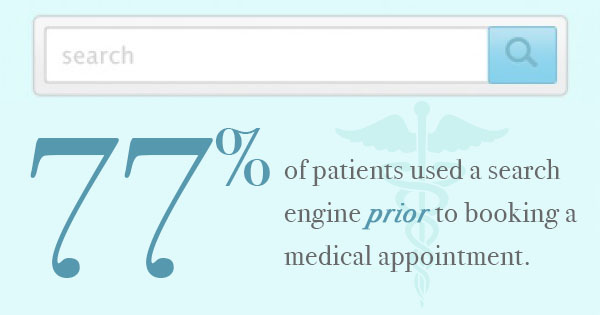A Referral Tracking System Can Drive Customers to Related Sites

The methods for generating business with new customers change every day. What does not change, however, is the need for a reliable referral tracking system. While it is still important for businesses to continue to build personal face to face relationships with customers and clients, the best digital referral tracking system allows clients to monitor what referral methods work and what methods don’t. A professional marketing team will generate and create follow up digital contacts that will reinforce the personal contacts and relationships, after the client makes a connection with a customer.
A digital referral tracking system can provide immediate contact and follow up after an initial website business or customer email. These follow up digital responses can be as obvious as the client’s ad appearing on a customer’s social media page after a visit to their website.
Consider the following sequence of online events:
- Customer A looks at the price of hotels for an upcoming trip to Dallas. In the process, the customer types in the possible days of the visit.
- The next time Customer A logs into his or her social media site, special offers for Dallas hotel prices appear in the social media feed, as well as the paid advertisements on the side of the page.
- The next time Customer A checks the New York Times online, paid advertising for well known Dallas hotels show up there as well.
- If Customer A clicks on even one of these paid advertisements or social media posts, the frequency of the ads and posts can be set to increase.
- These ads and posts continue at least until the initial check in date on the original hotel search passes.
This sequence demonstrates one of the benefits of custom software development and the referral tracking system options that are available. Many other configurations and opportunities are available as well.
The most current physician website design also includes sophisticated levels of a referral tracking system. Consider this sequence of online actions:
- Patient B makes an appointment to see the family physician to seek help with an unexplained rash. The appointment is scheduled online on the physician’s website.
- Within minutes of scheduling the appointment, Patient B receives a reminder email with the date and the time of the appointment.
- Patient B goes to the appointment and the physician suggests that the apparent case of psoriasis would be better treated by either an auto immune specialist or a dermatoligist. The family physician recommends two of each.
- Patient B returns home, does some research online about psoriasis, and decides to make an appointment with a dermatologist. Again, the appointment is made online.
- Instantly, Patient B receives an email reminder from the dermatologist indicating the date and time of the appointment.
- The next time Patient B signs on to his or her social media site, psoriasis and other skin care ads appear, as well as posts about local doctors.
- The next time Patient B checks the news on the USA Today website, psoriasis and other skin care ads appear.
Medical referral tracking software, like other industry specific designed software, works for a simple reason. In 2012, studies found that 77% of patients used a search engine prior to booking a medical appointment. In an effort to become informed about a diagnosis, many future patients will turn to the Internet to understand what their current situation is.
Even though statistics indicate that many decisions about medical care at least originate on the web, a 2015 study of marketers working for healthcare organizations indicated that 90% of respondents said their current staff does not have marketing experience. In addition, this staff lacks sufficient digital skills. These current staff members are working with patients and filing paperwork. In fact, this paperwork for insurance and HIPAA purposes can cost an average of $20 per document. Worse yet, a single misfiled document can cost a firm $125 in lost productivity.
The solution is often as simple as outsourcing healthcare referral management software tasks to an outside provider so that office staff can spend their time with patients.


